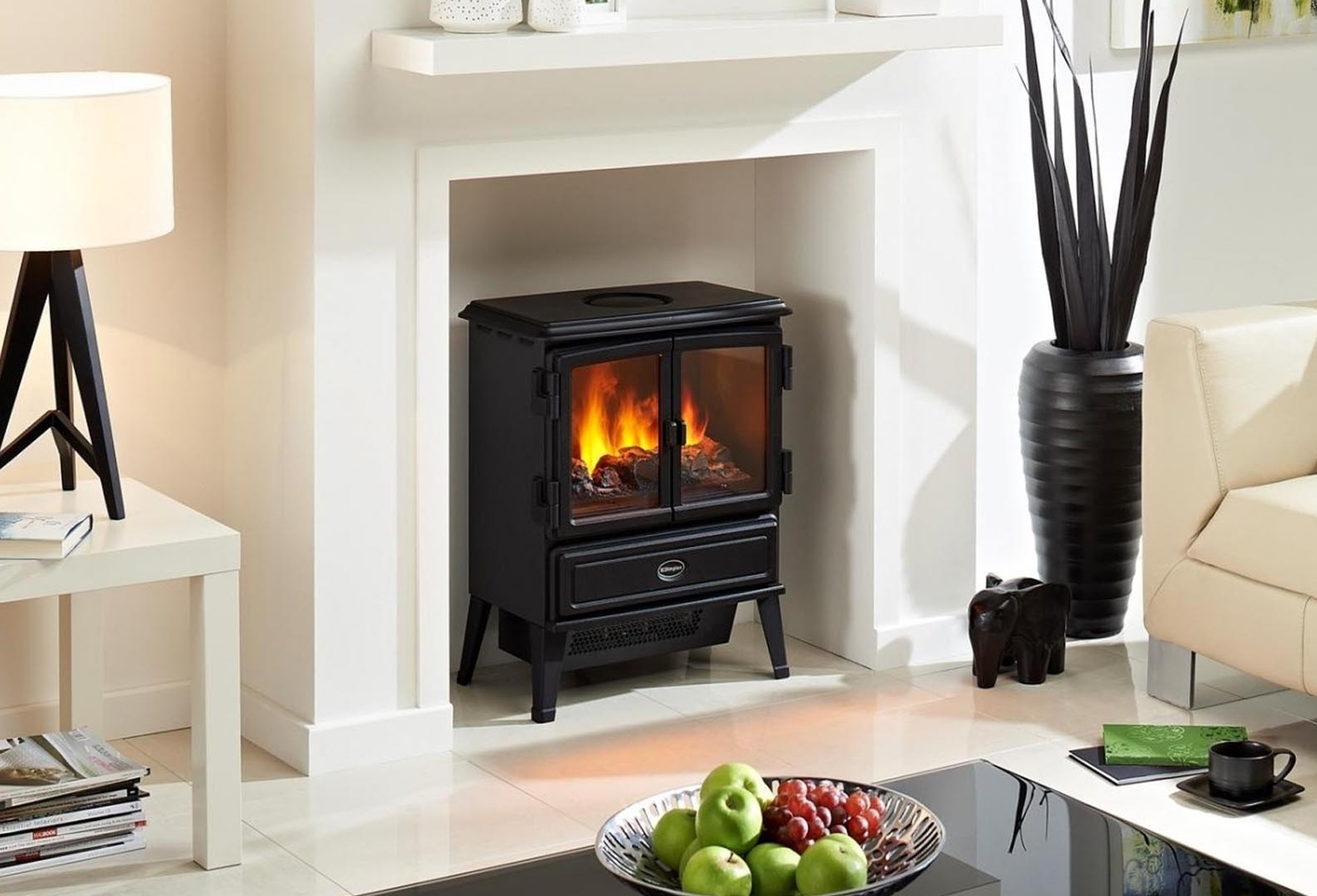Electric fireplaces have low maintenance requirements primarily because they don't involve the combustion of materials like wood or gas. Here are the key reasons why electric fireplaces are considered low maintenance:
-
No Fuel Combustion: Unlike wood-burning or gas fireplaces, electric fireplaces do not burn any fuel to generate heat or create flames. This means there are no ashes, soot, or creosote produced during operation. These combustion byproducts are typical in traditional fireplaces and require regular cleaning and disposal.
-
No Chimney or Ventilation: Electric fireplaces are ventless, meaning they do not require a chimney or flue for venting. In contrast, wood-burning and gas fireplaces rely on proper ventilation to expel smoke and combustion gases. Maintaining a clean and functional chimney or vent can be labor-intensive and expensive.
-
No Fuel Storage or Handling: Traditional fireplaces require a steady supply of firewood or gas, which needs to be stored, transported, and loaded into the fireplace. Electric fireplaces, on the other hand, simply require access to an electrical outlet. There's no need to handle or store fuel, reducing the mess and effort associated with traditional heating methods.

-
Minimal Wear and Tear: Electric fireplaces use heating elements and fans to create warmth and simulate flames. These components are designed for durability and have a longer lifespan compared to the mechanical parts in traditional fireplaces, such as dampers, gas valves, and chimney components. Consequently, electric fireplaces experience fewer breakdowns and require fewer repairs.
-
Easy Cleaning: The interior of an electric fireplace typically consists of a heating element and artificial logs or embers, all of which are easy to clean with a simple wipe-down or vacuuming. There are no accumulated layers of soot or creosote to scrape or brush away, as is the case with wood-burning fireplaces.
-
Consistent Performance: Electric fireplaces operate consistently, providing a uniform level of heat and flame simulation. Traditional wood-burning fireplaces can be more challenging to manage, with factors like wood quality, air supply, and flue conditions affecting performance and maintenance requirements.
-
Automatic Safety Features: Many electric fireplaces come equipped with automatic shut-off timers and overheat protection mechanisms. These features enhance safety and reduce the risk of maintenance issues caused by overheating.
-
Longevity: Electric fireplaces have a longer lifespan than traditional fireplaces, which may require periodic renovations or repairs due to the wear and tear associated with combustion and exposure to high temperatures.

 0086-574-62766180/62766182
0086-574-62766180/62766182






 English
English 中文简体
中文简体













